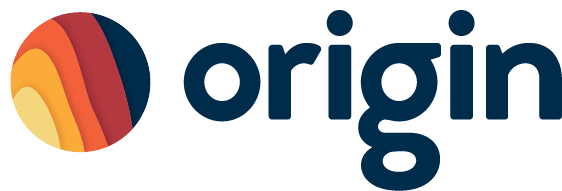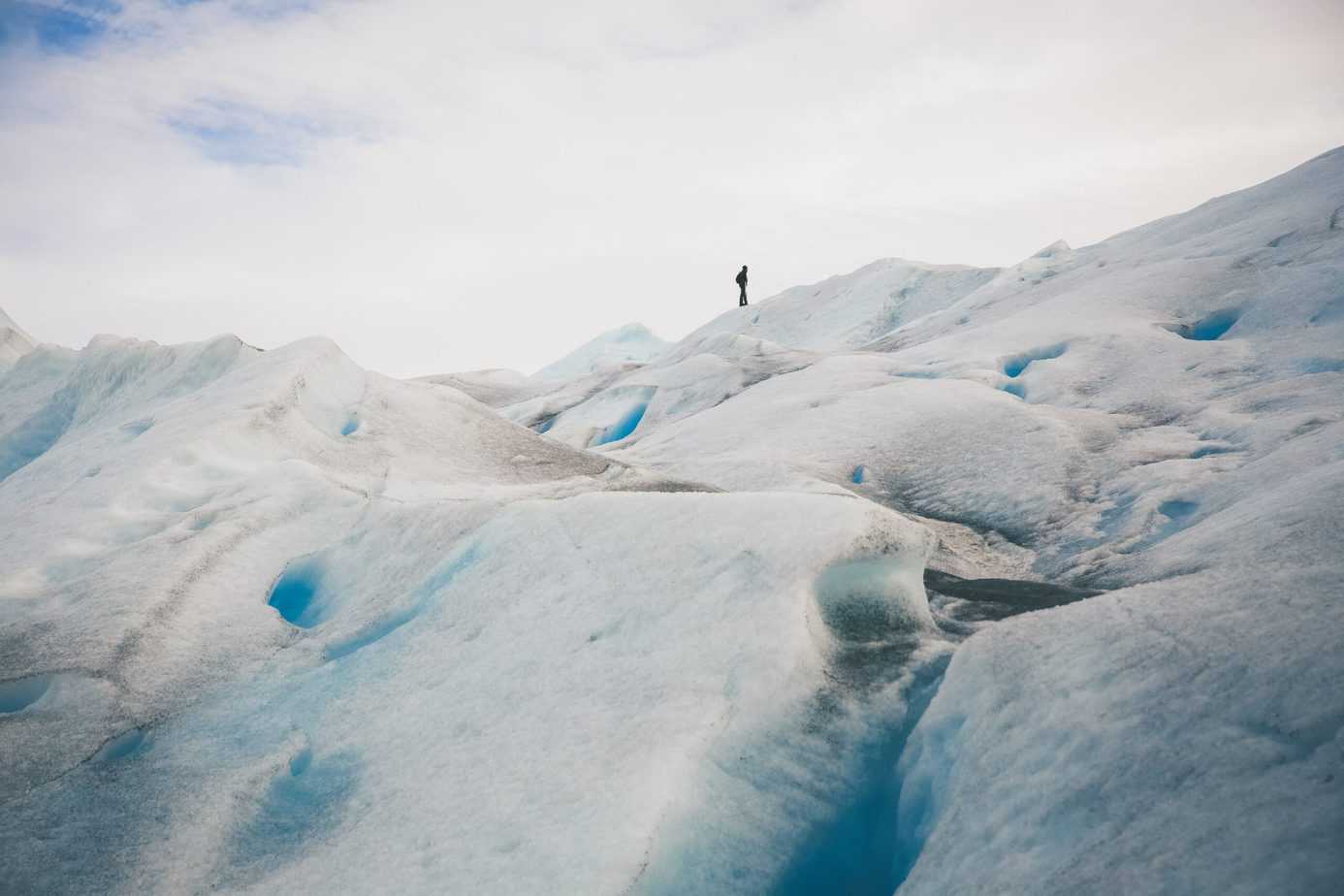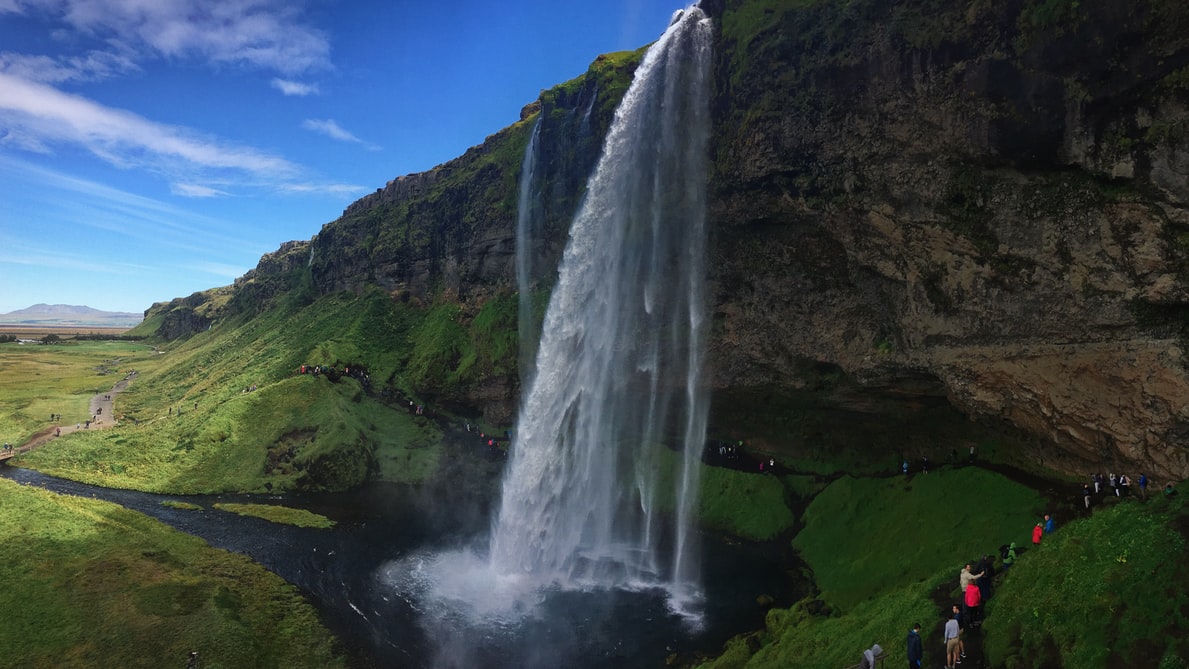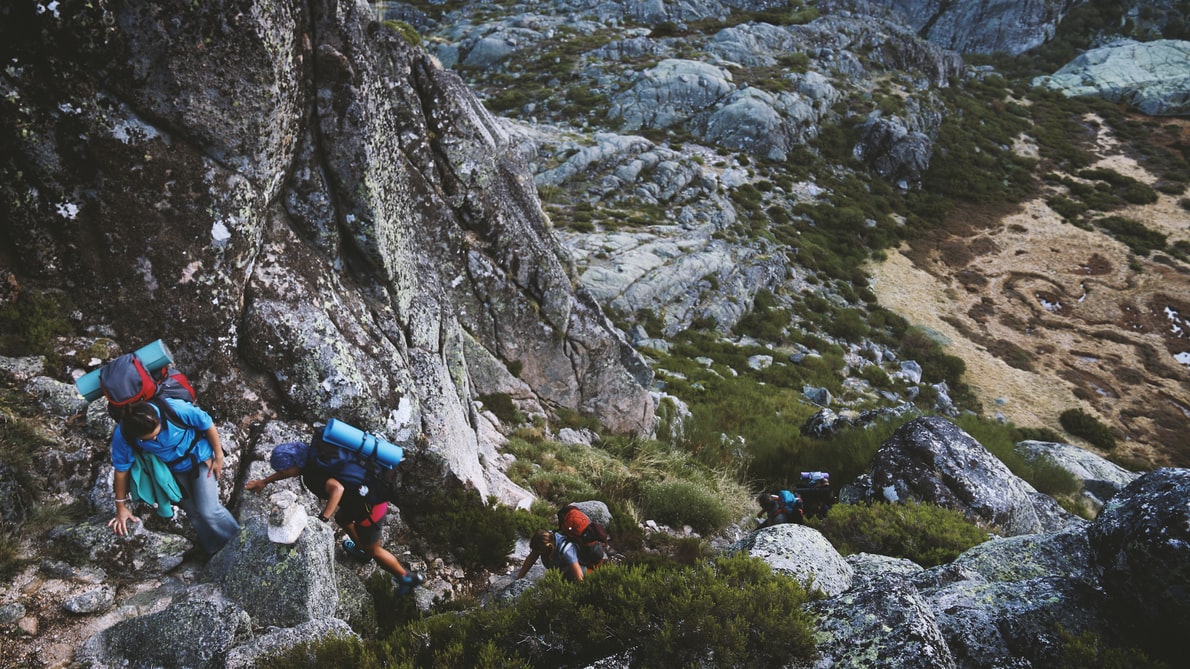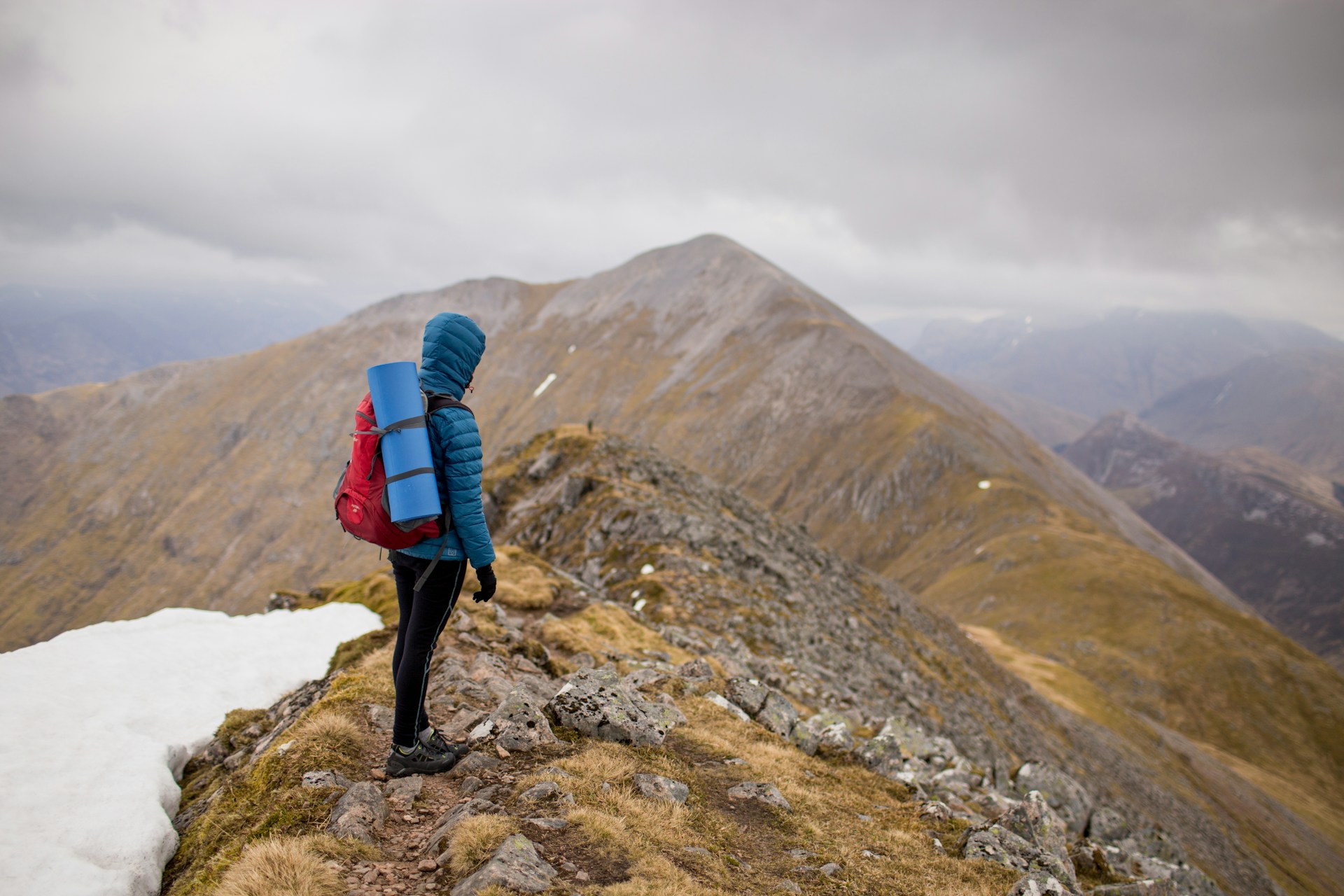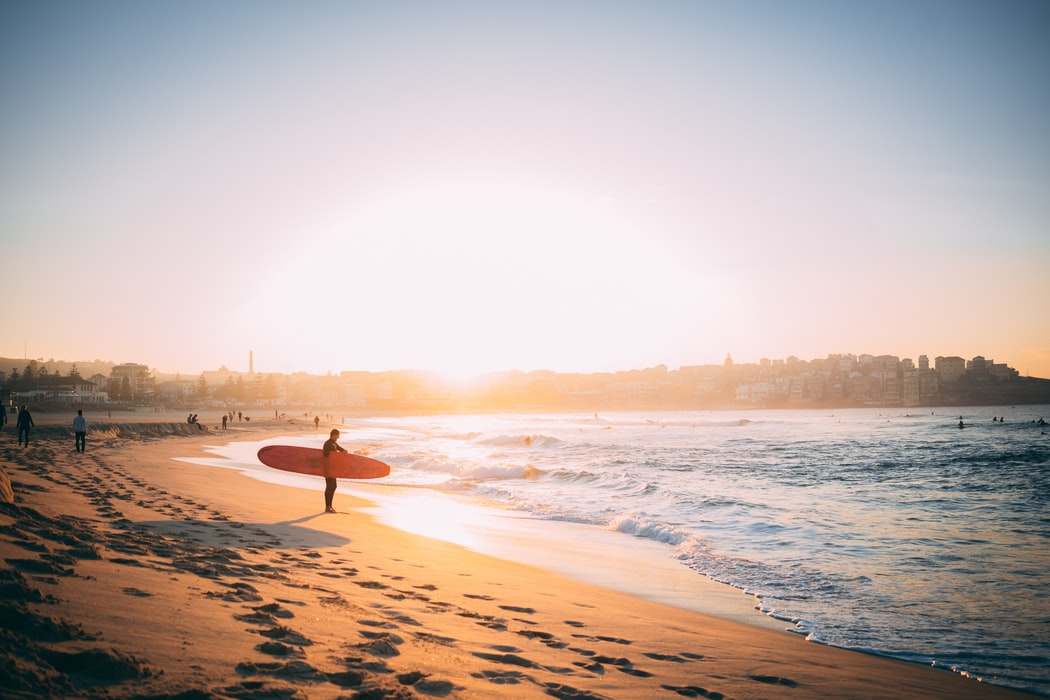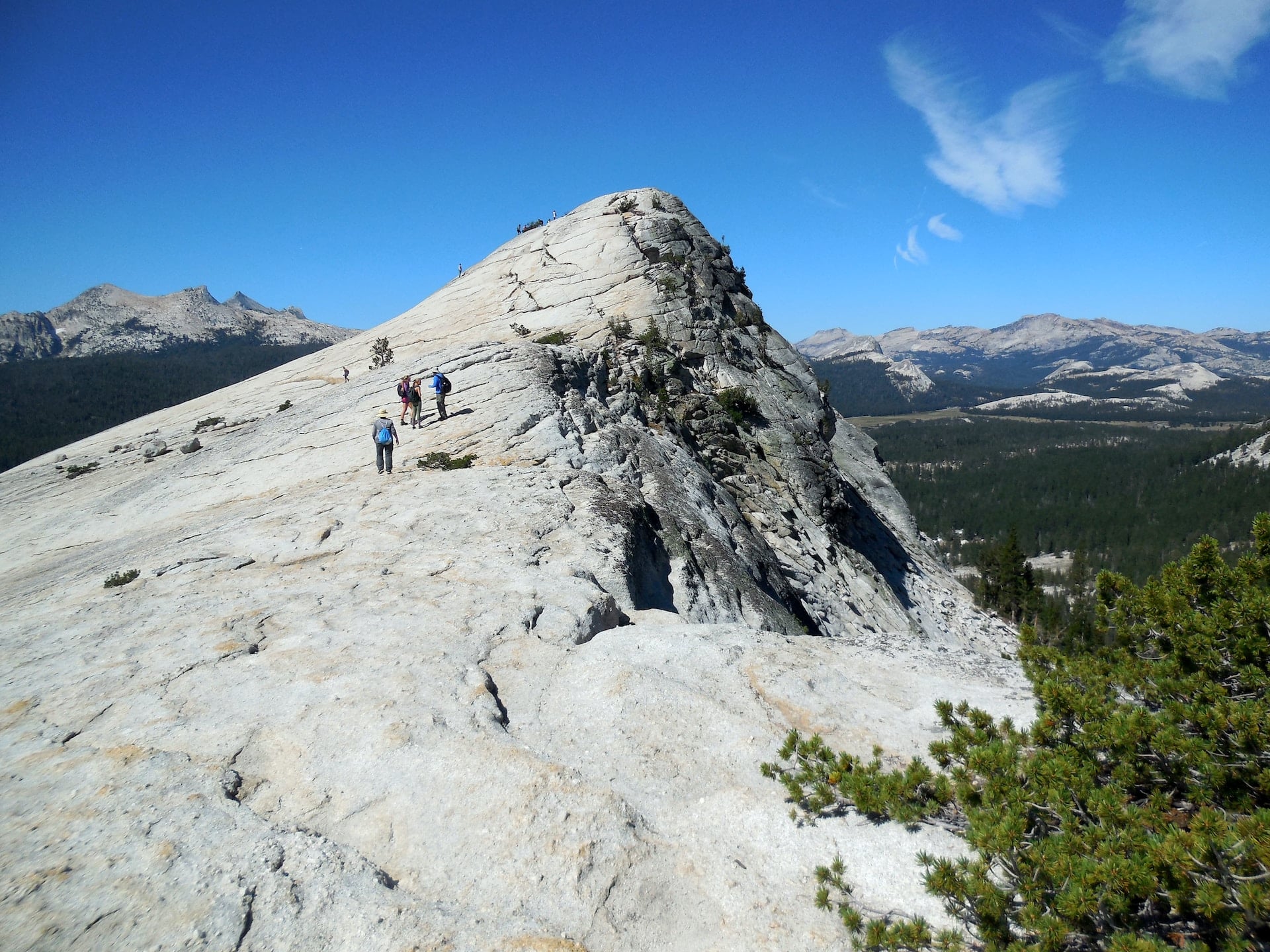Having the ability and willingness to diversify revenue and adapt during the COVID-19 area will set your outdoor guiding business apart and ahead from the competition.
McKinsey states you need to identify and prioritize revenue opportunities. Then make the choice to do what needs to be done now or move on. It’s imperative to implement these opportunities before the recovery starts so your tour guiding company can execute them quickly.
SHAPE Model
Use their SHAPE model to rethink your revenue streams, stand out from the competition, and position yourself for the long run:
“Start-up mindset”: Start-ups act more than they research. In other words, don’t be afraid to try something new, check the results, and if it’s not working, try something else. Researching and analyzing can slow down your recovery. This isn’t to say they don’t have a place because they definitely do but focusing too much on this and not acting enough can slow you down.
“Human at the core”: Consider how you and your employees work best and cater to that. The pandemic has proven work can be done remotely and not during the typical 9-5.
“Acceleration of digital, tech, and analytics”: Because so much has gone digital, it’s in your best interest to do the same, if you haven’t done so already. Using new sources of data can help you gain better insights into your profits and connect more with your customers.
“Purpose-driven customer playbook”: Work to understand what your future customers will want post-COVID-19. Then develop experiences for that. For example, safety and cleanliness will be the number one priority for travelers. How can you show your customers you’re taking safety precautions?
“Ecosystems and adaptability”: There hasn’t been an industry that hasn’t been affected by COVID-19, which means it’s important for you to stay adaptable. This requires you to think of nontraditional partnerships and strategies to maintain the supply chain and channels.
With McKinsey’s SHAPE model in mind, here are four ways to diversify during the COVID-19 era.
Automate Your Tasks
Tour operator life is complicated Use a booking platform that simplifies it.
Automate Your Tasks
Tour operator life is complicated Use a booking platform that simplifies it.
Build New Products to Diversify Revenue
For your tour operating business to survive the pandemic and to diversify revenue, you need to think outside the box. And being an outdoorsy person, you’re already used to having to be creative when facing challenges. Taking some action, however small it is, could mean getting through this and creating new possibilities for your business going forward.
Productize Your Services
One idea is to productize your services. Three questions Natalie Franke asks are what:
- Do your clients need in this season?
- Skills do you have that can be offered virtually or shipped out to clients in their homes?
- Revenue streams have you been holding off pursuing because you’ve been too busy to invest in them?
The biggest challenge is looking at your services as products. How can you sell your service as a product — as something your customers can buy and have delivered to their home? Can you develop what you teach on a tour into an e-course?
Sell Gift Cards
It’s November and customers are looking for holiday gifts. Sell gift cards for future tours. This not only makes a great present but also diversifies revenue and puts money in your bank account now instead of six months from now.
Check out our article on Winter Travel Trends for more ideas on diversifying revenue and how to stay ahead of any drops in bookings during the off-season.
Sell Your Merchandise
It isn’t just for touring bands. Merchandise can diversify revenue for your tour guiding business while also becoming free advertising. A notable example of this is Brendan Leonard, of Semi-Rad, a writer whose work focuses on the outdoors and adventure. He has a separate online shop that sells products based on his writings.
Guiding companies can do the same by creating their own designs and uploading the graphics on to customizable products. One popular site is Threadless that makes it easy for a company to start selling as soon as they want.
Be the Business provides a useful checklist for alternative revenue streams that can help you as you research and implement new products.
Digitize Your Business to Adapt to COVID
While this doesn’t directly diversify revenue, it’s important to digitize your business. McKinsey states, “Refocus digital efforts to reflect changing customer expectations. To adapt, companies need to quickly rethink customer journeys and accelerate the development of digital solutions.”
How would this work in the outdoors?
Luckily, the outdoors are one of the safest places to be but you have to think about all the customer contact points before, during, and after an Adventure. Consider how you make reservations, take payments, sell any products, etc.
One solution is using online booking software, like Origin, to keep all your bookings secure in one location while also providing a contactless solution for your customers.
Prioritize Search Engine Optimization
Another not-so-obvious and indirect way to diversify revenue is prioritizing search engine optimization (SEO). SEO is “the practice of increasing the quantity and quality of traffic to your website through organic search engine results,” according to Moz.
In other words, when you focus on SEO, you’re making your website available for Google, Yahoo, Bing, etc. to crawl in order to display in their search results.
Increasing the quality of the traffic to your website means your target audience is vising your website more. When you increase the quantity, you’re increasing the number of visitors to your site. Organic traffic is the traffic that comes through search engines without paying for ad space.
SEO, therefore, is a “free” tool to get your company in front of more potential customers.
There is a multitude of factors that rank a website to display in search results. The higher your website places in Google’s search results means your site is trustworthy, high quality, and matches the search inquiry the best.
Automate Your Tasks
Tour operator life is complicated Use a booking platform that simplifies it.
Automate Your Tasks
Tour operator life is complicated Use a booking platform that simplifies it.
Focus on SEO during your downtime
Prioritizing SEO during your downtime will help you in the long run because the results of SEO take time. SEO isn’t an overnight solution, but it is a long-term solution that builds upon itself.
Here are some ideas from Moz to get started with SEO:
Inspired by Maslow’s hierarchy of needs, Moz created a hierarchy for SEO. Let’s go over this briefly and see how this relates to outdoor tourism.
Make your site accessible to crawlers
The first step in SEO is making your site accessible to search engine crawlers. In our previous post, What You Need To Know About IFrames as a Tour Provider, we explain what a website crawler is and how it affects your SEO with regards to iFrames.
In this context, you want to make sure your site is accessible and if it’s indexed by Google. A quick way to do this is to type “site:URL” into the Google search bar. For example, “site:exploreorigin.com.” If there are no results, it means Google has not crawled your site. To learn how crawling, indexing, and ranking works, visit Mox for an in-depth guide.
Create compelling content
To create compelling content that leads a customer to your website, research keywords. These are search terms your customers are using to find your services. Using these keywords on your site tells search engine crawlers what this page, and your site, is about.
When you research keywords, you’ll learn what your target audience is searching for, how many of them are searching for it, and in what format do they want it. Knowing the answer to these questions will help you create content your customers want to read and buy.
Optimize your site for keywords
As mentioned before, knowing (and using) the search terms used by your target audience helps drive traffic to your site. When you inject the specific keywords used they call this “on-page SEO.”
When crafting blogs, product descriptions, and even an “About Us” page, consider the keywords you found in your research. Avoid keyword stuffing, but use the exact keyword enough (and naturally) that it makes it clear to search engines what that page is about.
Provide a great user experience
As Moz states in their pyramid, your site must have a fast loading speed, it has to be easy to use, and have a compelling user interface. We’ve written about why your tour booking platform needs a simple user interface in-depth because of its impact on SEO and the user experience.
Develop share-worthy content
You want to write content that drives the reader to share it with their audience. This helps build backlinks, amplifies your site, and establishes your authority.
Optimize the Title, URL, and Description
Optimizing the title, URL, and description of your content with your keyword helps with discoverability too. Taking the time to have high-quality titles, URLs, and descriptions will help search engines and users understand what your content is about.
Don’t forget the snippet/schema markup
Structuring your content to appear in Google snippets requires more research. There isn’t a code and there isn’t a way to pay for this. You can learn more about snippets on Moz.
Focus on Local
Because of COVID-19 and travel restrictions, it’s likely that local tourism won’t be taking a back seat soon. This travel trend will extend into 2021 si it’s important for guiding companies to focus on locals now.
We’ve written at length about why you need to focus on local tourism and how to do it, so we’ll only touch on the key points from that article in this section.
Weekend getaways
Who knows when international travel will resume. What we do know is that travelers are booking weekend getaways in neighboring towns. It’s important for your website and other digital platforms to reflect travelers’ mindsets. This means using terms like “staycation” and “weekend getaway” so customers understand your tour is perfect for their brief escape.
Attract locals with packages and partner with local businesses
Some operators offer “local discount packages,” which is typically a discount for residents. In addition, you can partner with nearby businesses looking for unique ways to engage locals. Are there restaurants, breweries, or hotels in your area? Ask them to work with you in creating special packages.
Use geotags on social media
Geotagging is when you tag your social media posts with your location. This is a great way to engage with social media users browsing your city. Also, interact with users who’ve geotagged your location. Ask them questions or provide them with new information. This will help others discover you.
If you’re not on social media or don’t know where to start, read why tour operators need a social media strategy for help.
Reach out to local media
Think about what your local audience reads or listens to and submit stories and news to those platforms. Potential customers will likely read the excerpt or ad and reserve their next trip with you.
As an outdoor tour operator, you’re used to having to think on your feet so we know you’re willing to roll up your sleeves to find alternative ways to diversify revenue and adapt in this new COVID-era.
